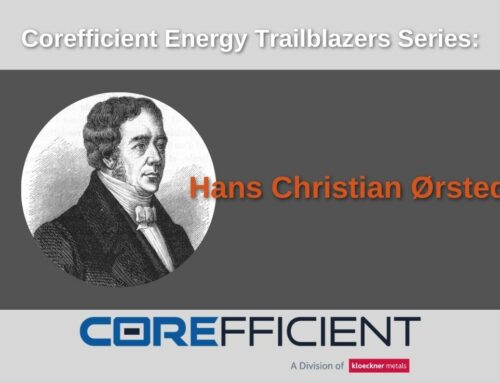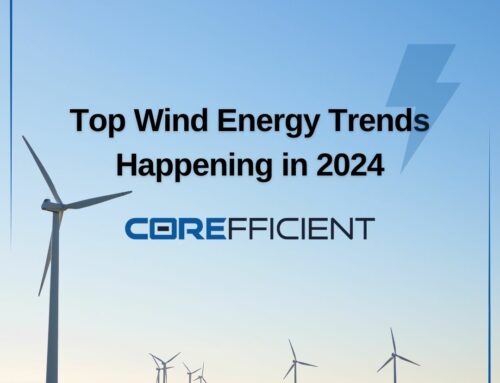Nations around the world are racing to introduce new legislation regulating energy performance for electrical transformers, the effects of which can be felt throughout many industries. Manufacturing companies supplying transformer cores, electrical steel, and many other electrical power components now find themselves in a position to innovate in their respective fields in order to deliver a product which meets the new standards.
The United States has led the way in terms of regulation for medium level transformer energy performance, with Japan and China close behind. Europe took things one step further in 2015, ordering the regulation of all power transformers. The U.S. in turn introduced legislation the following year requiring even higher outputs from a wider range of transformers (DOE 2016 standard).
Going into 2017, what do all these regulations mean for transformer manufacturers and distributors? Expect to see new and better quality materials, designs, and production methods for transformer cores, winding mechanisms, and many other electrical components. Such innovations are already underway at CorEfficient, a company that offers the best way to compete with other transformer suppliers, because we don’t just build cores, We Add Value to the Core ™






